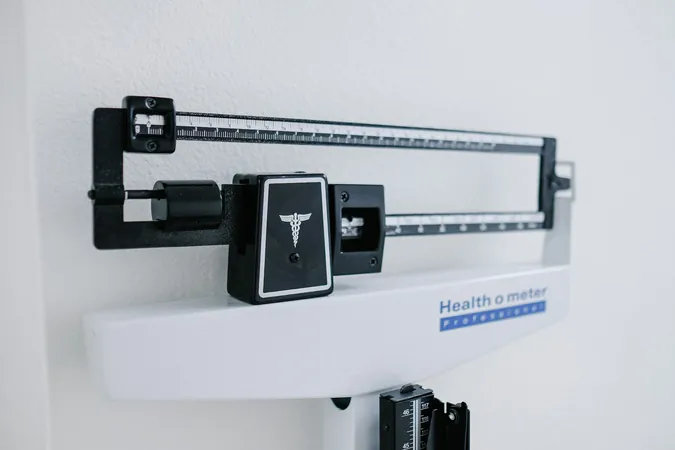
Microsoft Acknowledges Windows Server 2025 Upgrade Blunder – What It Means for Administrators
2024-11-11
Author: Li
In a surprising turn of events, Microsoft has officially recognized that certain installations of Windows Server 2019 and 2022 were unintentionally upgraded to the new Windows Server 2025 version. This revelation comes as a significant concern for system administrators and IT professionals, as many found the automatic updates to be unexpected and disruptive.
Over the weekend, Microsoft updated its Release Health Dashboard, revealing that these unwanted upgrades primarily affected environments using third-party software for client and server updates. The company emphasized the importance of verifying the configurations of any third-party update solutions, urging users to ensure they are not unintentionally set to deploy feature updates.
To clarify the situation, Microsoft stated: "The Windows Server 2025 feature update was released as an Optional update under the Upgrade Classification: 'DeploymentAction=OptionalInstallation'. Feature update metadata must be interpreted as Optional and not Recommended by patch management tools."
This announcement, however, starkly contrasts the experiences reported by several users and third-party vendors. Cybersecurity firm Heimdal claimed that the update had been misclassified and subsequently retracted by Microsoft. Reports from users also indicated that independent servers not utilizing third-party update services experienced similar overnight upgrades.
The abrupt nature of the Windows Server 2025 rollout—akin to a throwback party to the late 90s—has left many administrators reeling. This situation raises eyebrows, particularly as Microsoft appears to have deployed a feature update that requires a licensing fee without clear prior communication.
While Microsoft has described the issue as “mitigated,” a complete resolution is still pending. Unfortunately for affected administrators, the company has not yet provided a way to reverse the installation, which means users may have to rely on their backups or consider purchasing licenses for Windows Server 2025.
In addition to addressing this issue, Microsoft has resolved another concern where the Windows Server 2025 upgrade was inadvertently promoted via a banner notification in Windows Update. The company indicated that this message was intended for organizations who wish to perform an in-place upgrade.
As part of its ongoing response, Microsoft has stated it is collaborating with third-party providers to establish streamlined best practices and procedures moving forward. This incident highlights the importance of maintaining careful management of system updates and the potential pitfalls of reliance on third-party software.
Stay tuned as we continue to follow this developing story, and ensure your systems are configured correctly to avoid unwanted updates in the future!





 Brasil (PT)
Brasil (PT)
 Canada (EN)
Canada (EN)
 Chile (ES)
Chile (ES)
 España (ES)
España (ES)
 France (FR)
France (FR)
 Hong Kong (EN)
Hong Kong (EN)
 Italia (IT)
Italia (IT)
 日本 (JA)
日本 (JA)
 Magyarország (HU)
Magyarország (HU)
 Norge (NO)
Norge (NO)
 Polska (PL)
Polska (PL)
 Schweiz (DE)
Schweiz (DE)
 Singapore (EN)
Singapore (EN)
 Sverige (SV)
Sverige (SV)
 Suomi (FI)
Suomi (FI)
 Türkiye (TR)
Türkiye (TR)